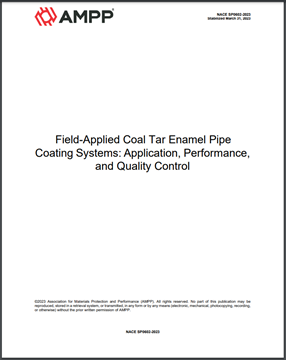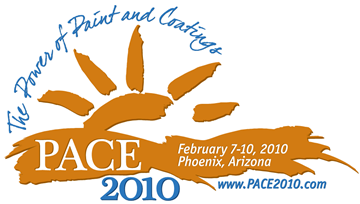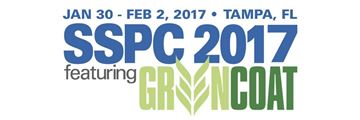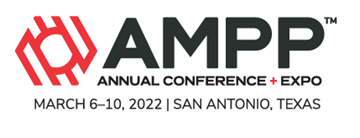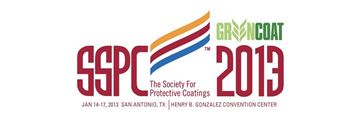Search
Products tagged with 'coating'
View as
Sort by
Display
per page
NACE SP0602-2023, Field-Applied Coal Tar Enamel Pipe Coating Systems: Application, Performance, and Quality Control
Product Number:
NACE SP0602-2023
Publication Date:
2023
$109.00
Novel Crosslinking Isocyanate-Free Coatings Technology
Product Number:
51217-065-SG
Publication Date:
2017
$20.00
Novel Heat-Conducting “Metallic” Coatings Against Biofouling And Biocorrosion
Product Number:
51322-18178-SG
Publication Date:
2022
$20.00
Off-line Inspection and Corrosion Identification of Above Storage Water Tank
Product Number:
51323-18980-SG
Publication Date:
2023
$20.00
Performance Test Results of New Artificial Non-Metallic Abrasive
Product Number:
MPWT19-14265
Publication Date:
2019
$0.00
Plural-Component Material Application Does Not Have to be Difficult
Product Number:
41213-758-SG
Publication Date:
2013
$20.00
Polyasparatics for Corrosion Protection Applications
Product Number:
41205-208-SG
Publication Date:
2005
$20.00
Polyurea Applied Over 30 Gage Galvanized Flashing
Product Number:
41212-716-SG
Publication Date:
2012
$20.00
Polyurethane Coating Systems for Parking Structures
Product Number:
41206-287-SG
Publication Date:
2006
$20.00
Polyurethane/f-Oil Fly Ash-ZnO Atmospheric Corrosion Protective Coating
Product Number:
51321-16345-SG
Publication Date:
2021
$20.00

